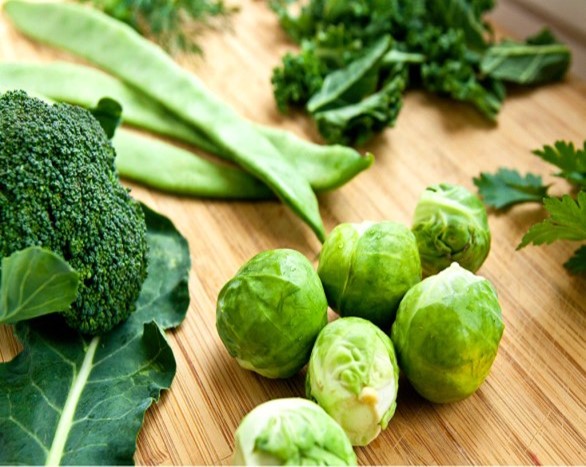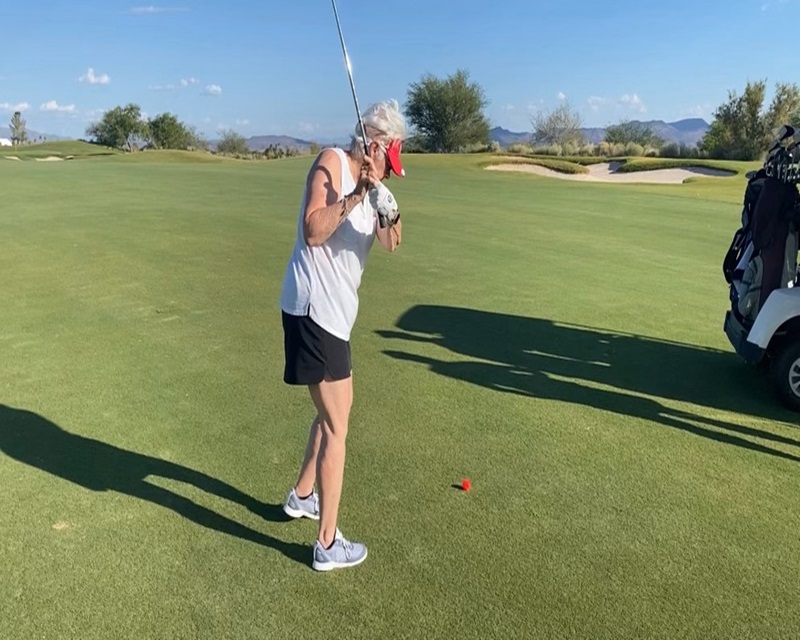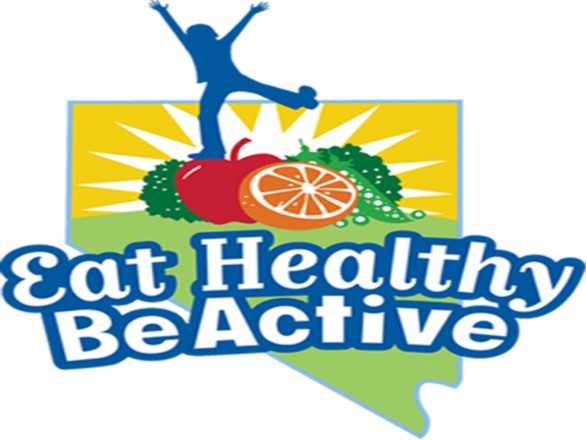In this edition
- Aging WELL in Place
- Spring Fruits and Vegetables
- Emotional Benefits of Exercise
- SNAP-Ed Nevada
About the Newsletter
Read about how to age well in place, tips on keeping your home safe, and tips on staying connected and engaged. Learn about what spring produce is available, the emotional benefits of exercise, and making healthy choices one snack at a time!
Aging WELL in Place

Asian-American man and woman dancing
Older adult populations (65+) are steadily growing in number. The U.S. Census predicts older adults will outnumber younger populations (under 18) within the next 11 years. Most older adults prefer to live independently in their homes and community. A special attachment and familiarity of living in our homes and community is part of our identity. Often, aging in place takes planning to be fulfilled.
Take time to think about what kind of help you might need in the future. Check the state of your overall health. Review the possibility of buying long-term care health insurance. When you review the monthly costs of a home health aide, assisted living or nursing home care, it may be a good investment. Check into the services your current health insurance covers and does not cover.
Watch Your Step - Nearly three million older adults visit an emergency room yearly due to a fall. Make your home safe and do a home safety evaluation, or hire a professional, such as an occupational therapist, to do a home safety evaluation. An occupational therapist can also evaluate your fall risk. The Center for Disease Control website offers a free home safety checklist and a free fall-risk questionnaire.
Can You Afford to Stay at Home? Meet with an accountant, estate planner or trusted family member to see what you can afford. Think about backup plans if staying in your current home is not possible. Consider transportation and your ability to see family and friends.
Check into any government and community options you may qualify for, including SNAP food assistance, utility assistance, transportation vouchers, waiver programs, free legal assistance, and veteran benefits. Use resources that are available in your area.
Technology is Your Friend - Staying connected is becoming easier with smart technology. At the beginning of the COVID-19 crisis, many older adults learned to use platforms like Zoom to stay connected with family, friends and physicians. For some, this has become a regular part of their lives and has opened a new world of learning, creativity and socialization. Other technologies can be lifesaving, such as smartwatches that check heart rates, blood glucose and fall detection. After a fall, the smartwatch can call emergency service and talk to you on your smartwatch to make sure you are okay. There are also traditional medical alert devices that offer similar services.
Stay Engaged - According to the CDC, loneliness and social isolation are becoming one of the most serious health risks for older adults, along with smoking, obesity and physical inactivity. Social isolation is associated with about a 50% increased risk of dementia, 29% risk of heart disease and 32% increased risk of stroke. Loneliness is also associated with higher rates of anxiety, depression and suicide. The good news is that studies also show that older adults who engage in meaningful, social and creative activities can improve or maintain cognition, improve depressive symptoms and tend to become more physically active, which improves strength and balance.
Plan for the future, review the safety of your home, learn and keep up with technology, prepare financially, stay connected and engaged to live happier and healthier while aging well in place.
Learn more about our featured author, Ellen Grossman
Spring Fruits and Vegetables

Broccoli, peas, Brussels sprouts and kale on a wooden counter
Seasonal Produce Guide at SNAP-Ed (USDA.gov)
Asparagus Herbs
Avocados Kale
Broccoli Kiwifruit
Cabbage Lettuce
Celery Limes
Collard Greens Peas
Green Apples Peppers
Green Grapes Spinach
Check out a trusted source: MyPlate on the U.S.D.A. website.
What’s on your plate? Explore different fruits and vegetables throughout the year. Remember, fresh, frozen, canned, and dried all count toward your MyPlate goals!
Emotional Benefits of Exercise

S. Lindsay golfing. Picture courtesy of A. Lindsay.
Research from the National Institute on Aging has shown that exercise is good for your physical health and supports emotional and mental health. You can exercise with a friend and get the added benefit of emotional support. So, next time you’re feeling down, anxious, or stressed, try getting up and moving!
VISIT THE NATIONAL INSTITUTE OF AGING FOR FOUR TYPES OF EXERCISE THAT CAN IMPROVE YOUR HEALTH AND PHYSICAL ABILITY
Making Healthy Choices: One Day at a Time Snacks
We have showcased breakfast, lunch and dinner recipes – this month, we highlight Snacks!
Small changes to more nutrient-dense, single food and beverage choices that, when combined, become a nutrient-dense meal can lead to a whole day of nutrient-dense meals and snacks. The following example, which comes in at 300 calories, shows how people can make thoughtful choices that meet their food group needs, stay within limits, and, importantly, that they can enjoy. Happy, healthy snacking!
For more information, visit DietaryGuidelines.gov for more from the Dietary Guidelines for Americans 2020-2025.

A glass bowl with yogurt and peaches, a small white bowl of popcorn, and a glass of water with a lemon slice.
Snacks
Total calories: 300
• Air-popped Popcorn (2 cups) (60 calories)
• Yogurt and Peaches (240 calories)
-
- Plain, low-fat Greek yogurt (1 cup)
- Canned peaches packed in 100%
juice (1/2 cup)
SNAP-Ed Nevada

SNAP-Ed Nevada logo
An EEO/AA institution. This material was funded in part by the USDA’s Supplemental Nutrition Assistance Program (SNAP). This instituton is an equal opportunity provider.
Visit SNAP-Ed Nevada


